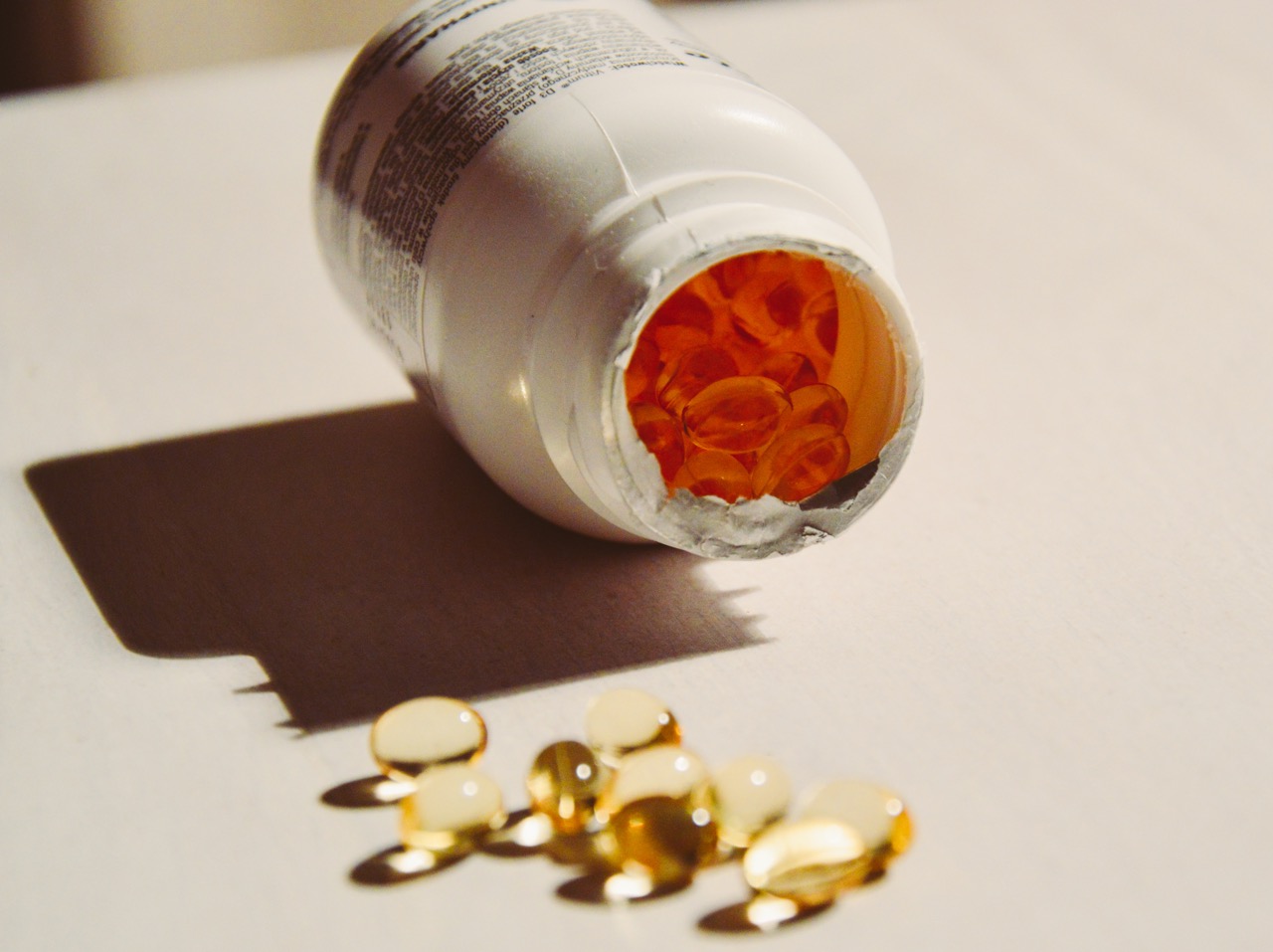Vitamin D is one of the latest nutrients in the media spotlight, and for good reason. Technically not a “vitamin,” vitamin D is in a class by itself. Its metabolic product, calcitriol, is actually a hormone that targets over 2000 genes (about 10% of the human genome) in the human body.
Problems linked to vitamin D deficiency
Current studies have implicated vitamin D deficiency as a major factor in at least 17 varieties of cancer as well as heart disease, stroke, hypertension, diabetes, depression, obesity, chronic pain, autoimmune diseases, osteoporosis, muscle weakness, birth defects, autism, multiple sclerosis, fibromyalgia, periodontal disease, and more. That’s an enormous list. Besides keeping many diseases at bay, recent studies have even suggested that higher levels of vitamin D can benefit athletes – improving muscle strength and power, lowering inflammation and the risk of stress fractures, and boosting the body’s immune system during training leading to less colds and flu.
Are you deficient?
Based on the research it is clear vitamin D is vital to optimal health. It is also very clear that most of you are probably not getting enough. According to a study in the Archives of Internal Medicine last year, approximately 77 percent of Americans have “insufficient” levels of vitamin D. Back in the days before the advent of indoor jobs and the diligent use of sunscreen due to concerns about skin cancer (some of you may remember slathering on oil instead of sunscreen – yikes!) we humans got plenty of vitamin D from that big yellow ball in the sky. The skin produces approximately 10,000 IU of vitamin D in response 20–30 minutes of sun exposure.
Vitamin D and Sun Exposure
While sun exposure is the fastest and easiest way to get more D, it is also the most controversial. After all, those are the same skin-wrinkling, cancer-causing rays that make dermatologists squirm. In their Position Statement on Vitamin D, The American Academy of Dermatology states: “There is no scientifically validated, safe threshold level of UV exposure from the sun that allows for maximal vitamin D synthesis without increasing skin cancer risk.” Sunscreen blocks 97% of the body’s ability to make Vitamin D.
How much do you need?
Okay, so getting enough vitamin D from the sun is probably not a good idea. You should be able to get it pretty easily from your food then, right? Unfortunately that will be tough, since even most foods fortified with Vitamin D don’t actually have that much. One cup of fortified milk or orange juice comes in at a surprising low 100 international units (IU) and 4 ounces of salmon has 500 IU. While there is still debate on how much Vitamin D you should be getting each day, many experts agree that most people need between 1,000 and 2,000 IU per day, and if you are deficient you may need as much as 5,000 to 10,000 IU per day (Note: If you take more than 5,000 IU per day you should only do so under a doctor’s supervision). Simply put, to get enough Vitamin D most of us will need to take a supplement. You want to look for Vitamin D3 – the biologically active form – rather than the inactive Vitamin D2 contained in many vitamins and prescription forms of Vitamin D.
Get Tested
The only way to know if you are getting enough Vitamin D is to get tested and then supplement based on your level. Ask your doctor to test you for 25-Hydroxy (OH) Vitamin D. The current range for normal at most labs is 30 – 100 ng/ml but many experts recommend that for optimal health you want your level to be 50-80 ng/ml. I routinely check a Vitamin D level on all of my clients and unless they are already supplementing or spending a lot of time in the sun the overwhelming majority have levels below 30 ng/ml. Once you get tested your doctor can then recommend the most appropriate dose, retest your level in a few months, and adjust your dose accordingly.
My recommendations for optimizing your health with Vitamin D: get tested, supplement, retest, and adjust your supplement dose to maintain optimal levels.
Now I would like to hear from you:
• Are you getting enough Vitamin D?
• If you have been tested, were you surprised by your results?
• If you are already supplementing to correct a deficiency, what health benefits have you noticed?
Adapted from Rich Stagliano MD’s blog at OutdoorFitness.com —Thanks, Rich!
Back To Blog

